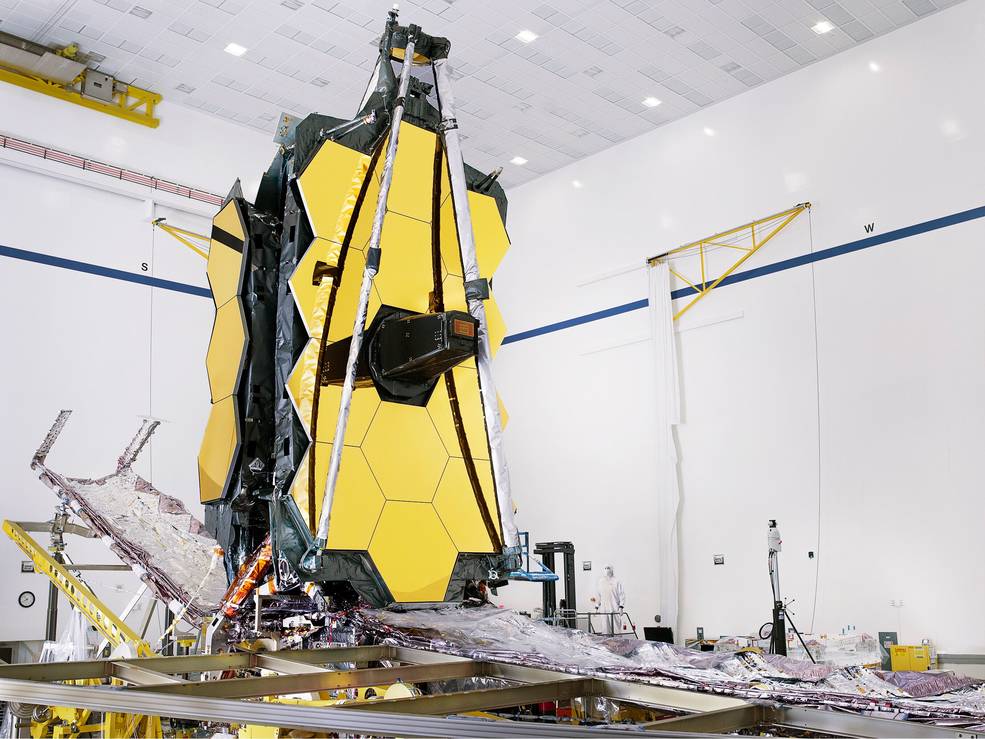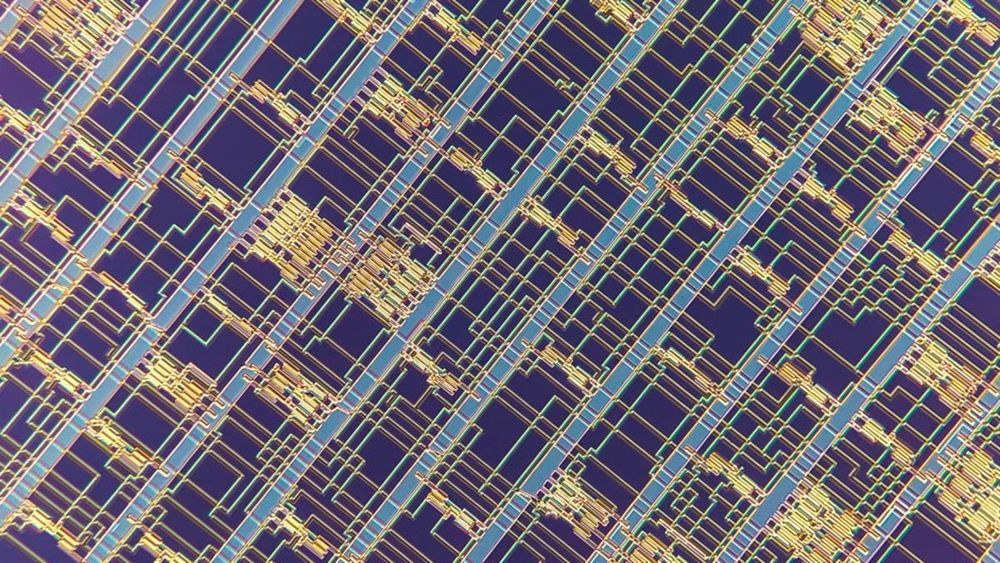Tesla is planning to ramp up installation of its new solar roof, but it needs to figure out a way to reduce installation time.
Now a new patent shows a possible solution by producing and installing solar roof tiles in jointed groups.
At Tesla’s 2019 shareholder’s meeting earlier this year, CEO Elon Musk said Tesla was still working on longevity testing for the new version of its solar roof tiles, Solar Roof V3, and that they are now installing the solar product in 8 states.






